For figuring out which pad is of interest (which is what it sounds like you are trying to do), typically you can just hold something on there with hand pressure, such as the end of a male jumper pin and see what you get. Or a scope probe. In some situations a helper can be useful (or script the test or hit the test-triggering button with your nose or toe...) There are also little weighted stands for sale and improvised that can sometimes hold a single probe onto a board just long enough for a quick test. Don't forget the corresponding ground, though you can usually get that at a connector or grounded mounting hole.
In terms of design, as already pointed out in comments, they are intended as targets for spring finger test pins, aka "pogo pins". These typically get mounted in a cam-activated press fixture with a plate custom machined to fit the design of a particular board, and let a manufacturing or repair facility rapidly run through the same operation on a bunch of boards.
For a more lasting one-off situation such as firmware development or dedicating a board permanently to testing, soldering to the pads can be a great solution. Fine gauge stranded wire with silicone insulation is wonderful for this as you need only a millimeter of wire peaking out of the insulation, which will not melt as you solder. Be sure to physically attach the wire bundle to the board somehow so that the solder joints do not break in handling, or worse pull the pads off the board. But one thing to consider before soldering to the pads: once you get solder on the pads, pogo pins will never work quite as well as designed again - you can probably get things back to acceptable contact but in projects where a pogo fixture exists, I tend to consider soldered-on units permanently relegated to using their captive debug harnesses, and not the pogo fixture.




